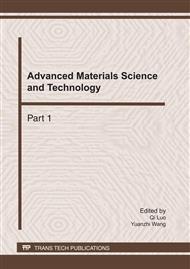p.9
p.14
p.19
p.25
p.31
p.37
p.43
p.49
p.54
Image Quality Assessment Based on Fuzzy Similarity Measure and Wavelet Transform
Abstract:
Based on the characteristics of wavelet coefficients of images and fuzzy similarity measure, a novel image quality assessment is proposed in this paper. Firstly, the reference image and the distorted images are decomposed into several levels by means of wavelet transform respectively. The approximation and detail coefficients of the reference image (the distorted images) are as the reference sequences (the comparative sequences). Secondly, select the right membership function to map the referenced sequences and the comparative sequences to a membership value between 0 and 1 respectively. And calculate the fuzzy similarity measure values between the reference sequences and the comparative sequences respectively. Moreover, image quality assessment matrix of every distorted image can be constructed based on the fuzzy similarity measure values and image quality can be assessed. The algorithm makes full use of perfect integral comparison mechanism of fuzzy similarity measure and the well matching of discrete wavelet transform with multi-channel model of human visual system. Experimental results show that the proposed algorithm can not only evaluate the integral and detail quality of image fidelity accurately but also bears more consistency with the human visual system than the traditional method PSNR.
Info:
Periodical:
Pages:
31-36
Citation:
Online since:
January 2011
Authors:
Price:
Сopyright:
© 2011 Trans Tech Publications Ltd. All Rights Reserved
Share:
Citation:


